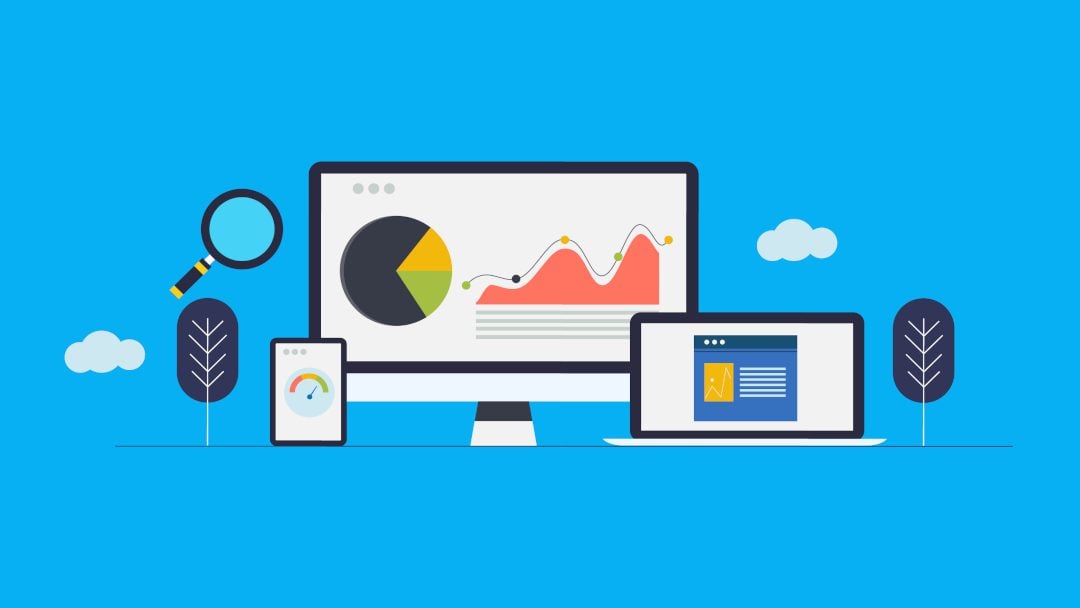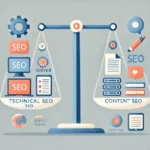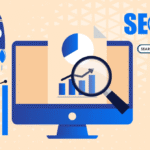Site Speed SEO Tips: Essential Insights for Better Performance
In the fast-paced digital world, site speed plays a critical role in attracting and retaining users. For digital marketers, understanding and implementing site speed SEO tips is crucial for enhancing performance and achieving better search engine rankings. This article delves into essential strategies to optimize your website’s speed, ensuring a seamless user experience and improved SEO results.

Why is Site Speed Important for SEO?
Site speed is vital for both user experience and SEO. Faster websites lead to higher user engagement, lower bounce rates, and improved conversion rates. Google’s algorithm also considers site speed as a ranking factor, making it essential for businesses to prioritize speed optimization.
Understanding the Impact of Site Speed on User Experience
A slow-loading website can frustrate users, leading to a negative experience. Studies show that users expect pages to load within two seconds, and delays can result in increased abandonment rates. By focusing on site speed, you enhance user satisfaction and encourage longer visits.
How Site Speed Affects Search Engine Rankings
Google rewards fast websites with higher rankings in search results. A slow site can lead to lower visibility, reduced traffic, and diminished credibility. By optimizing site speed, you improve your chances of ranking higher and attracting more organic traffic.
Key Site Speed SEO Tips for Digital Marketers
1. Optimize Images for Faster Loading
Large images can significantly slow down your website. Compress images without losing quality using tools like TinyPNG or ImageOptim. By reducing image sizes, you can enhance site speed and improve user experience.
2. Leverage Browser Caching
Browser caching allows users to store website data, reducing load times for repeat visits. Implement caching strategies to improve site speed and provide a smoother browsing experience for your users.
3. Minimize HTTP Requests
Each component of a webpage requires an HTTP request, impacting load times. Reduce the number of elements on your pages, such as scripts and images, to enhance site speed and improve performance.
4. Use a Content Delivery Network (CDN)
A CDN distributes your website’s content across multiple servers worldwide, reducing latency and improving load times. By utilizing a CDN, you can enhance site speed, especially for users located far from your server’s location.
5. Enable Compression for Faster Loading
Compressing your website’s files can reduce the amount of data sent to users’ browsers, speeding up load times. Gzip is a popular compression method that can significantly enhance site speed and improve overall performance.
6. Optimize CSS and JavaScript
Minify and combine CSS and JavaScript files to reduce the number of requests and file sizes. This optimization can improve site speed and ensure a smoother user experience.
7. Prioritize Critical Rendering Path
Loading essential content first can enhance perceived load times. By prioritizing critical resources, you can improve site speed and provide a better experience for your users.
8. Regularly Monitor and Analyze Site Performance
Use tools like Google PageSpeed Insights and GTmetrix to regularly assess your website’s performance. By identifying areas for improvement, you can continually optimize site speed and maintain high performance standards.
Common Pitfalls and How to Avoid Them
Avoiding Excessive Redirects
Excessive redirects can lead to increased load times and a poor user experience. Minimize redirects to enhance site speed and improve your SEO results.
Ensuring Mobile Optimization
With the rise of mobile browsing, it’s crucial to ensure your website is optimized for mobile devices. A responsive design can improve site speed and enhance user experience on all devices.
Advanced Strategies for Improving Site Speed
Implementing Lazy Loading
Lazy loading delays the loading of non-essential resources until they’re needed, improving initial load times. This strategy can enhance site speed and provide a better user experience.
Utilizing Prefetching Techniques
Prefetching involves loading resources in advance, anticipating users’ next actions. By implementing prefetching, you can enhance site speed and provide a seamless browsing experience.

Integrating Site Speed Optimization with SEO Strategy
Site speed optimization should be an integral part of your overall SEO strategy. By aligning your efforts, you can enhance site speed, improve search rankings, and deliver a superior user experience.
Collaborating with Developers
Work closely with your development team to implement site speed improvements. Collaboration ensures technical changes are effectively executed and align with your SEO goals.
FAQ Section
What are the key benefits of improving site speed?
Enhancing site speed leads to better user experience, higher engagement, reduced bounce rates, and improved search engine rankings.
How does site speed impact SEO?
Site speed is a ranking factor in Google’s algorithm. Faster sites are more likely to rank higher in search results, attracting more organic traffic.
What tools can I use to monitor site speed?
Tools like Google PageSpeed Insights and GTmetrix provide valuable insights into your website’s performance, helping you identify areas for improvement.
For more information on site speed optimization, you can visit this comprehensive technical SEO checklist.
To learn more about optimizing your website’s crawl budget, visit our guide on optimize crawl budget.







